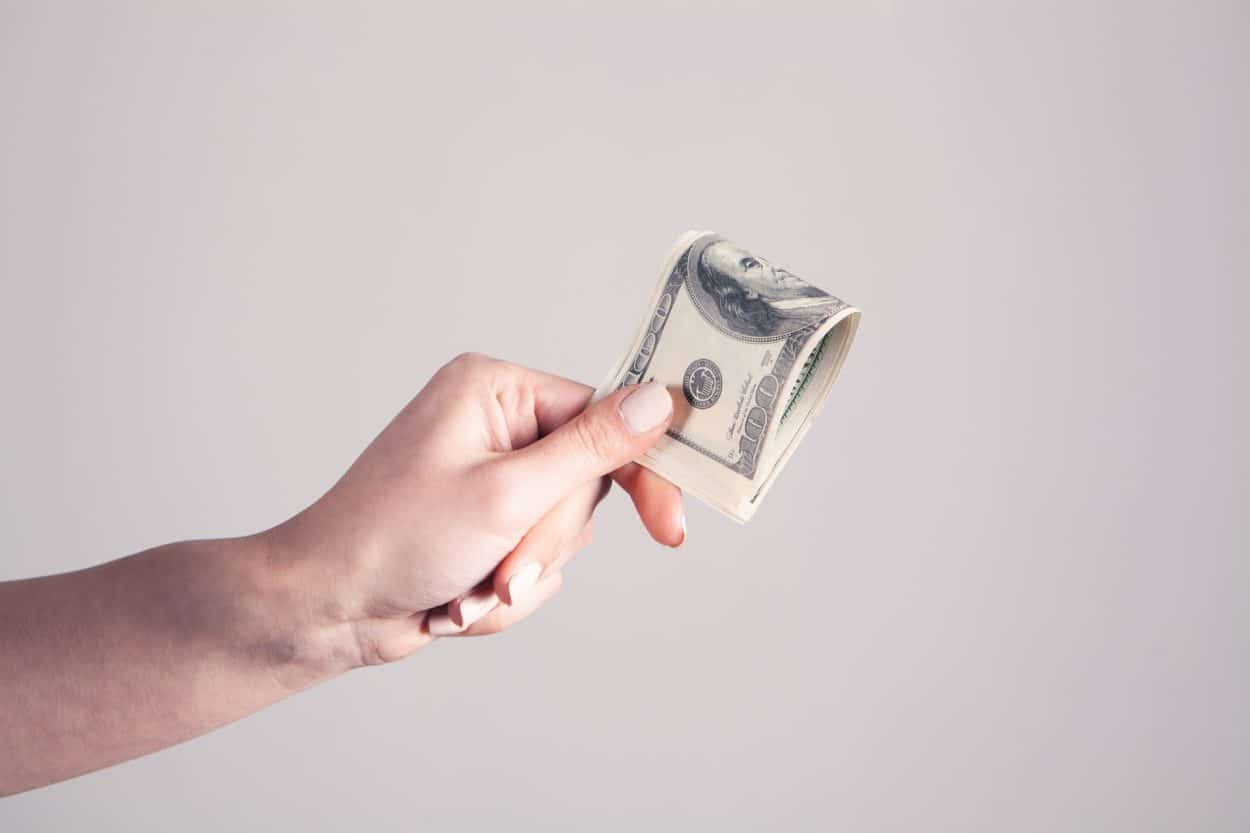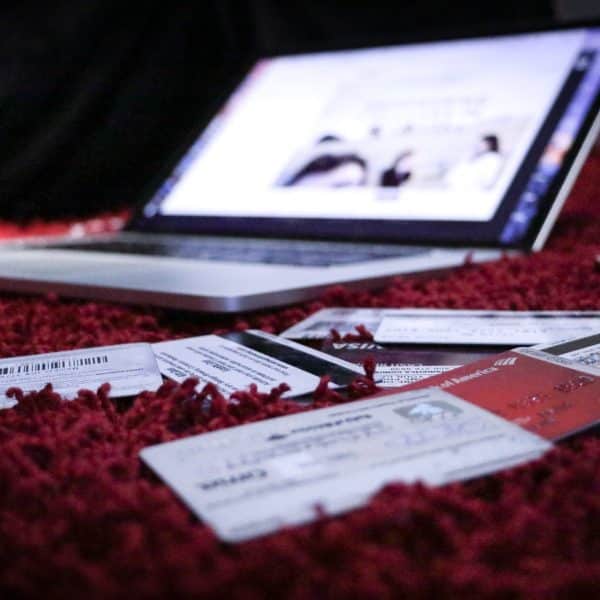Hate the idea of budgeting? Guess what? Me too.
Believe it or not, you don’t have to track where every cent goes meticulously. The Pay Yourself First method offers a simple and effective strategy to break free from this cycle and take control of your finances.
This approach empowers individuals to secure their future and achieve their financial goals by prioritizing savings.
This article will explore the Pay Yourself First method and how it can transform your financial outlook.
Understanding the Pay Yourself First Method
The Pay Yourself First method is a savings strategy that involves allocating a portion of your income to savings before fulfilling any other financial obligations.
The idea is to treat savings as a fixed expense, like paying bills or buying groceries.
By prioritizing saving money, you ensure that you set aside funds for your future before spending on discretionary items.
How Does It Work?
To implement the Pay Yourself First method effectively, follow these steps:
- Determine a realistic savings goal: Set a specific savings target that aligns with your financial objectives. Whether building an emergency fund (which, by the way, you should never invest in the stock market), saving for a down payment on a home, or planning for retirement, having a clear goal will provide you with motivation and direction.
- Calculate your savings percentage: Determine the percentage of your income you can comfortably allocate towards monthly savings. While the ideal amount is typically recommended to be around 10-20%, it’s essential to find a figure that suits your individual circumstances. Remember, even a small percentage is better than none at all.
- Automate your savings: Set up an automatic transfer from your checking account to a separate savings account on the day you receive your paycheck. Automating this process removes the temptation to spend money and ensures your savings grow consistently.
Benefits of the Pay Yourself First Method
- Financial security: By prioritizing saving, the Pay Yourself First method helps you build a financial safety net. An emergency fund provides peace of mind, knowing you can handle unexpected expenses without debt.
- Compound interest: The earlier you start saving, the more time your money has to grow through the power of compound interest. By consistently investing in your future, you can harness the potential of compounding and watch your savings multiply over time.
- Develop financial discipline: Prioritizing savings cultivates discipline and healthy financial habits. It encourages you to live within your means and make conscious spending decisions. Over time, this practice can reduce financial stress and increase control over your money.
- Achieve long-term goals: The Pay Yourself First method empowers you to work towards your long-term financial goals. Whether buying a home, starting a business, or enjoying a comfortable retirement, consistently saving a portion of your income puts you on the right path to achieving these milestones.
- Flexibility and adaptability: The Pay Yourself First method allows for adaptability and adjustment as your financial situation changes. You can increase or decrease your savings percentage based on income fluctuations or evolving goals. The key is to remain committed to saving and adapt it to your circumstances.
Pay Yourself First Example
Sarah is a 30-year-old professional working as a software engineer. She earns a monthly salary of $4,000 after taxes. Sarah wants to save money for an emergency fund and a future down payment on a house.
Step 1: Set a Realistic Savings Goal
Sarah decides that her emergency fund should cover at least six months of living expenses, which amounts to $15,000. Additionally, she aims to save $50,000 for her future down payment.
Step 2: Calculate the Savings Percentage
Sarah reviews her monthly expenses and determines that she can comfortably allocate 20% of her income toward savings. This means she will set aside $800 ($4,000 x 20%) each month.
Step 3: Automate the Savings
Sarah sets up an automatic transfer from her checking account to a high-yield savings account on the day she receives her paycheck. She ensures that the $800 is deducted before any other expenses are paid. This way, she treats saving as a fixed expense and avoids the temptation to spend the money impulsively.
Over time, Sarah consistently saves $800 each month. After 12 months, her emergency fund will reach $9,600 ($800 x 12). Within three years, she will save $28,800 ($800 x 36) for her down payment.
Sarah continues to practice the Pay Yourself First method, adapting her savings percentage as her income increases or expenses change. She understands it’s crucial to remain committed to saving, even if she needs to adjust the savings amount slightly based on her circumstances.
The Benefits of Pay Yourself First in Sarah’s Life:
- Financial security: By prioritizing savings, Sarah builds a robust emergency fund. If an unexpected expense arises, she can cover it without resorting to credit cards or loans, reducing financial stress.
- Compound interest: Sarah’s consistent savings contributions allow her money to grow through compound interest. Over time, her savings will accumulate interest, leading to greater growth and financial returns.
- Financial discipline: The Pay Yourself First method instills financial discipline in Sarah. She learns to live within her means and make conscious spending decisions. This habit reduces the temptation to overspend and accumulate unnecessary debt.
- Achievement of long-term goals: Sarah’s commitment to saving ensures she stays on track to achieve her long-term goals. With a dedicated down payment fund, she moves closer to buying her dream home. This method gives her a sense of purpose and direction in her financial journey.
- Flexibility and adaptability: Sarah understands that her financial situation may change over time. She can adjust her savings percentage as needed. If her income increases, she can increase her savings contributions, accelerating her progress toward her goals.
By implementing the Pay Yourself First method, Sarah develops a positive savings habit that benefits her financial well-being. She becomes more proactive, in control of her money, and empowered to shape her financial future.
The Pay Yourself First method is a powerful tool for achieving financial stability and building a prosperous future. By making saving a priority, this approach transforms the way you handle money, fostering discipline and enabling you to take control of your financial destiny.
Remember, it’s never too late to start saving, and even small steps can make a significant difference over time. Implement the Pay Yourself First method today, and pave the way to a financially secure and fulfilling life.



